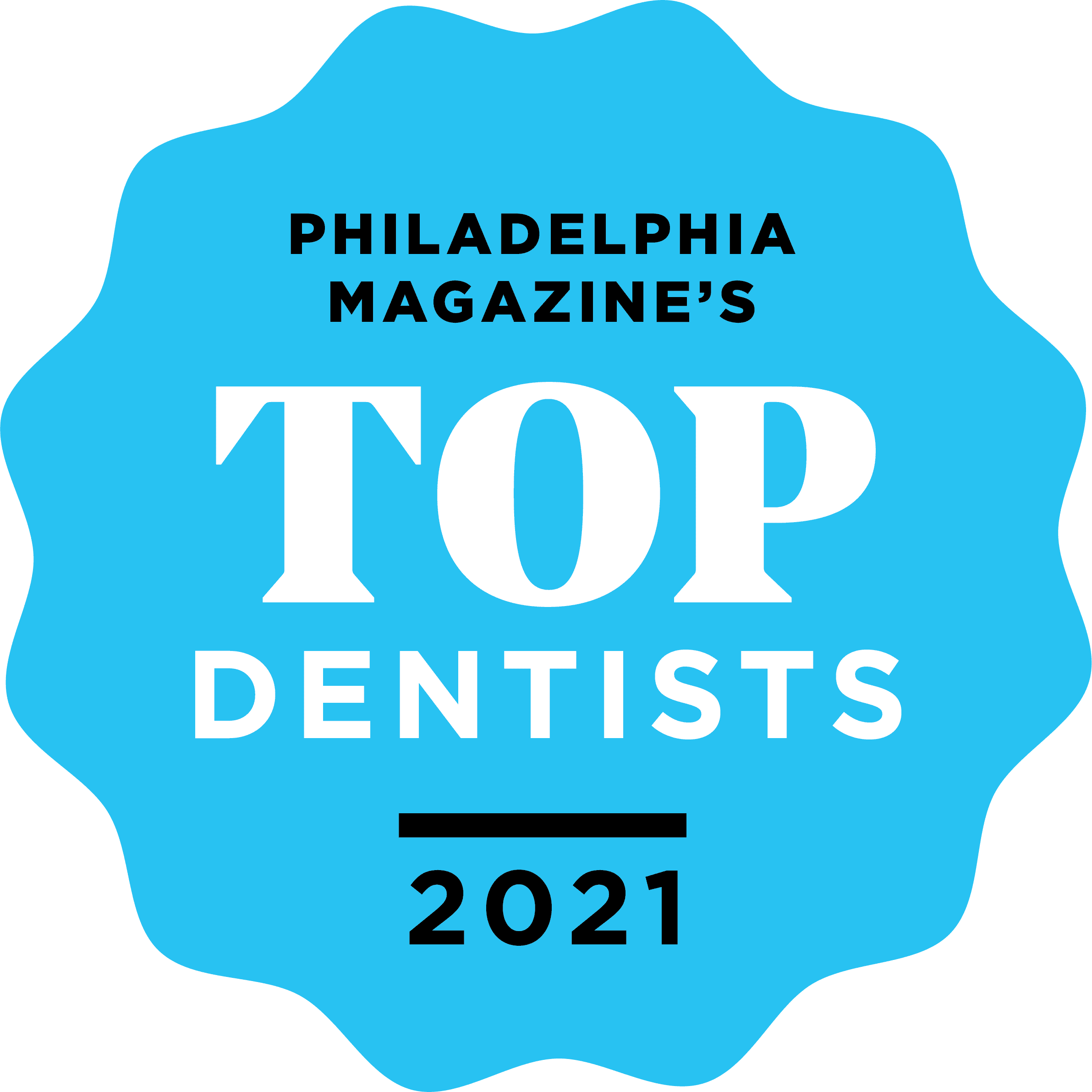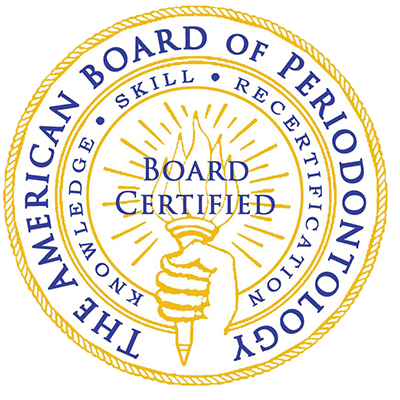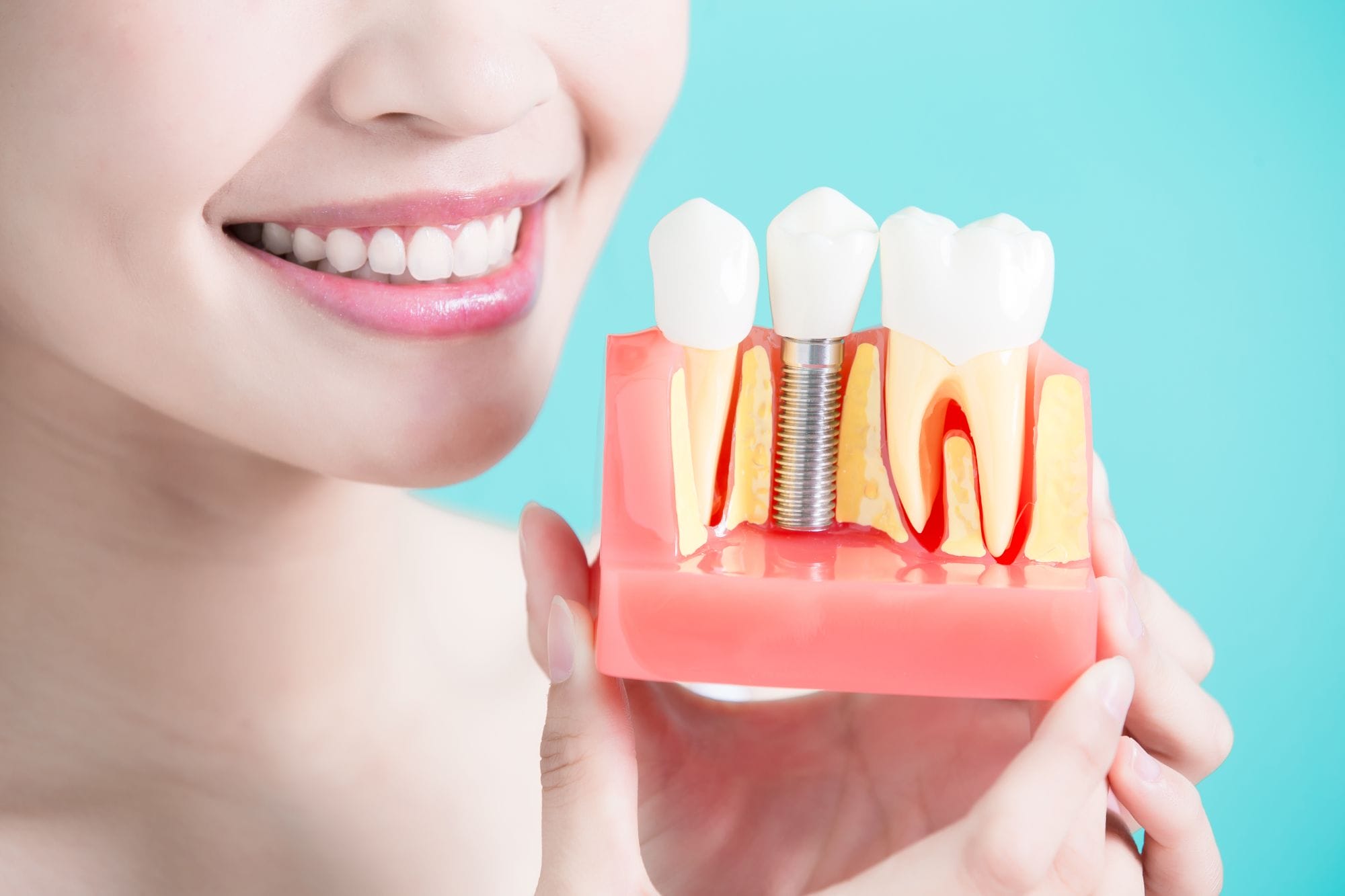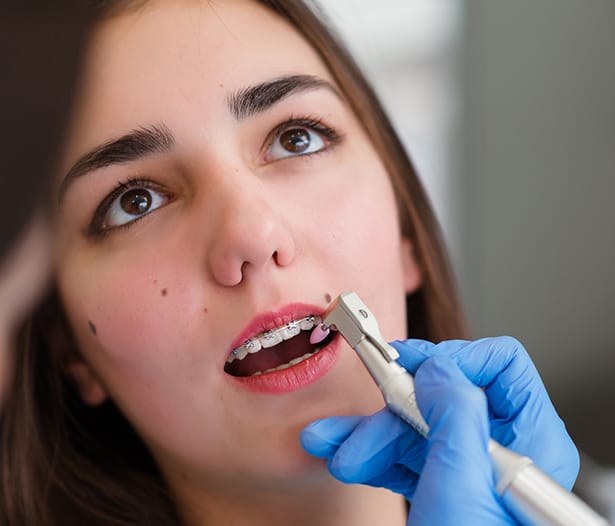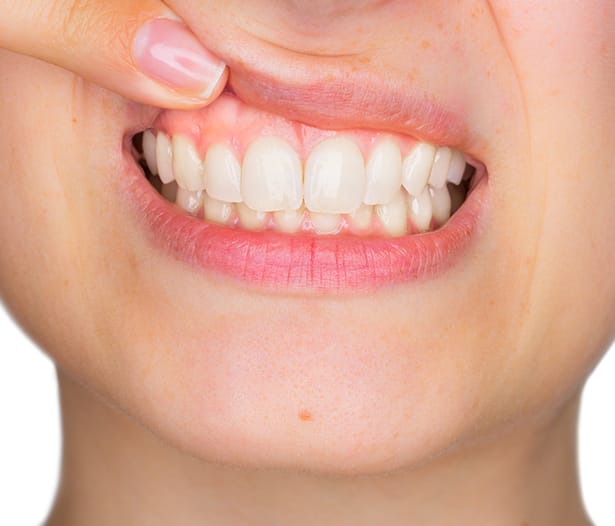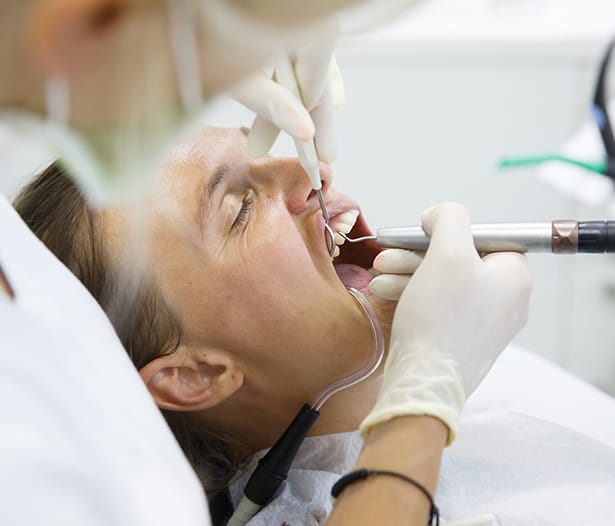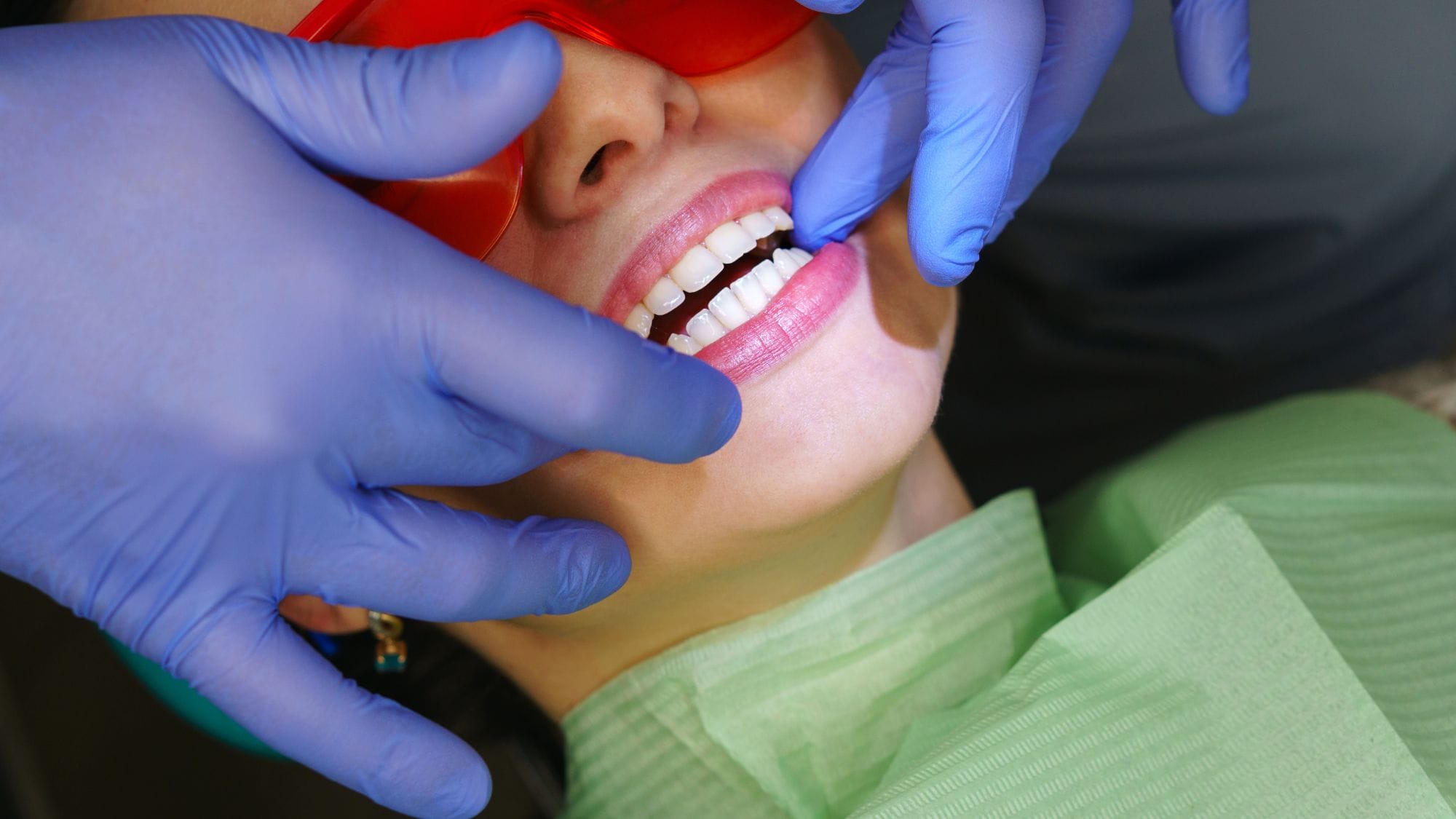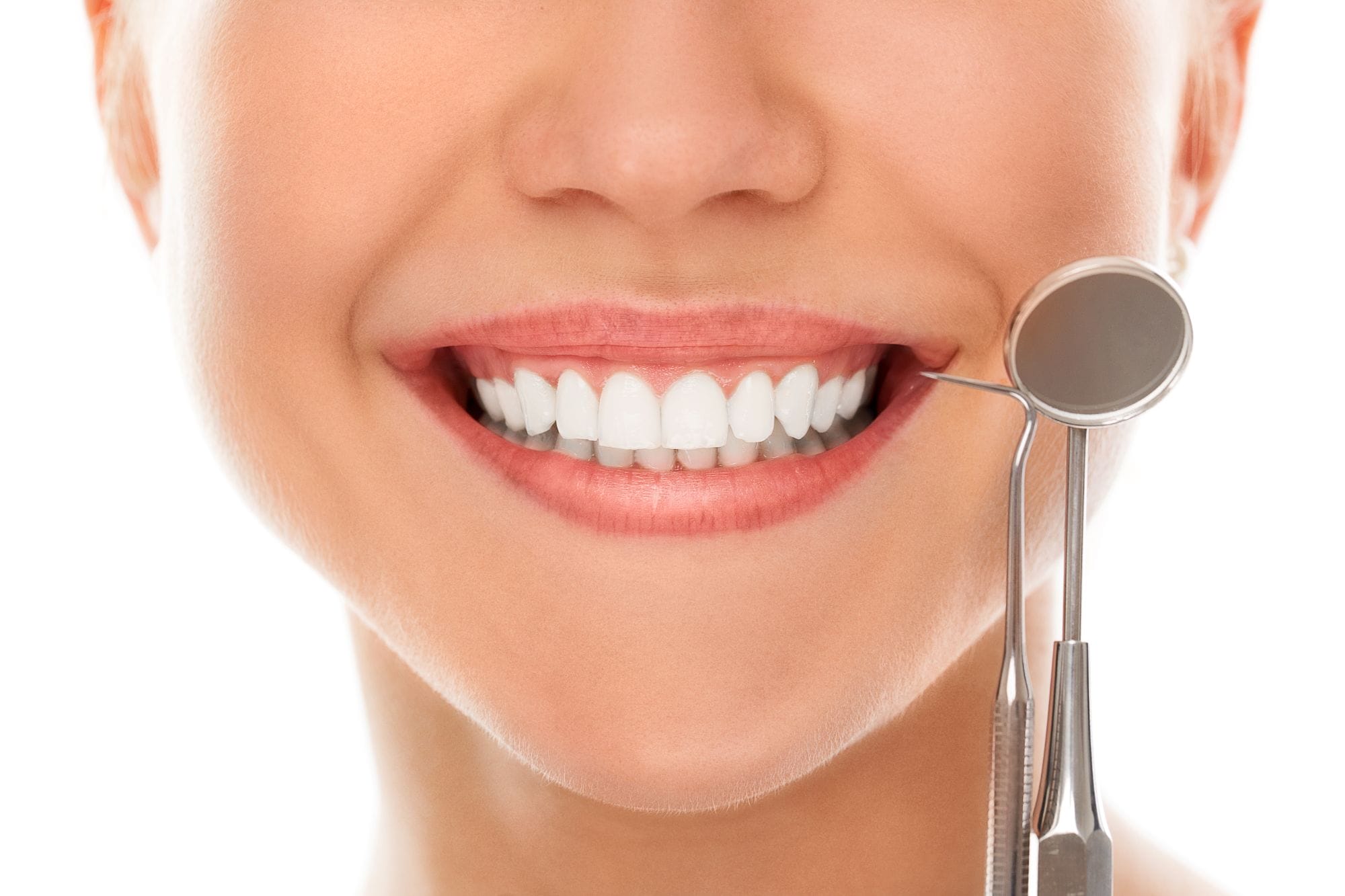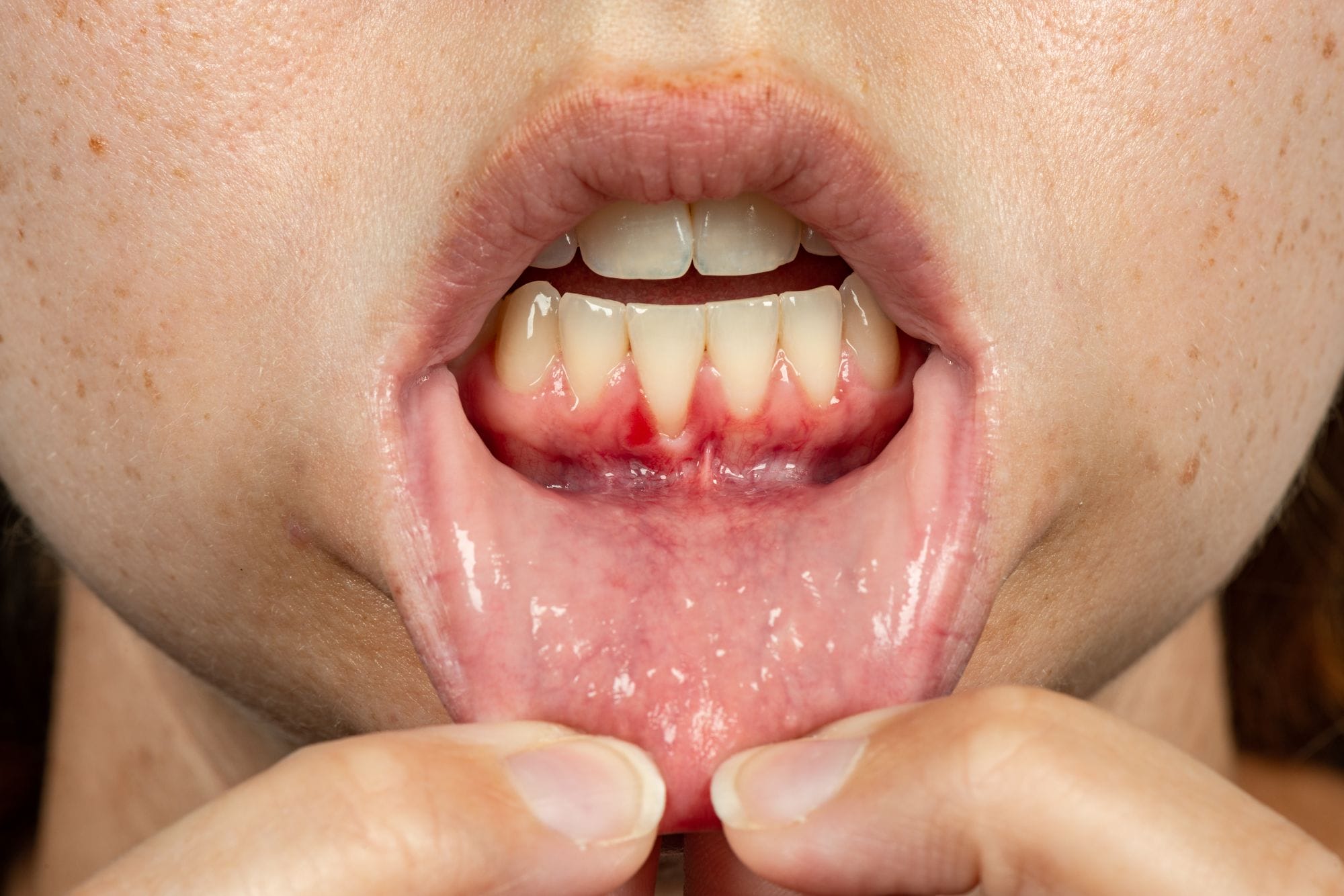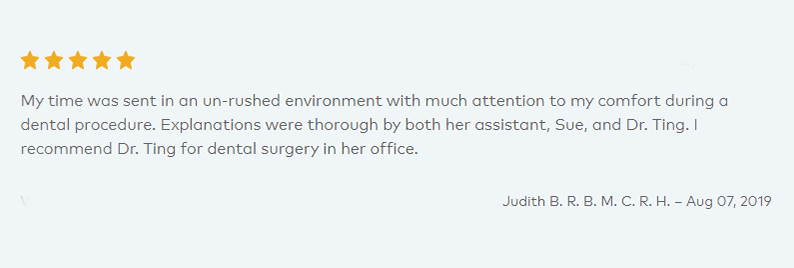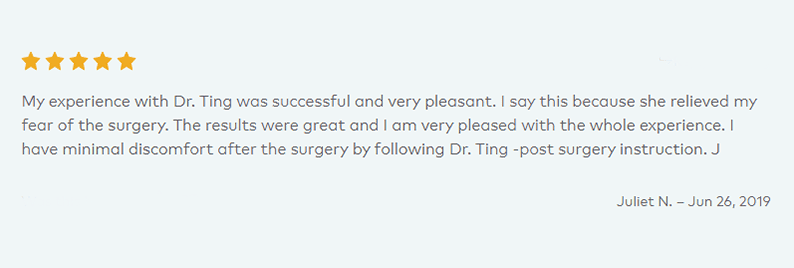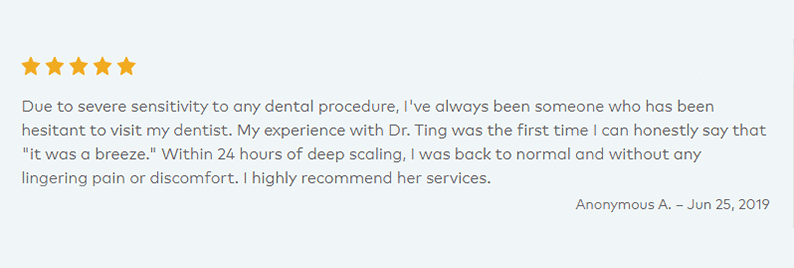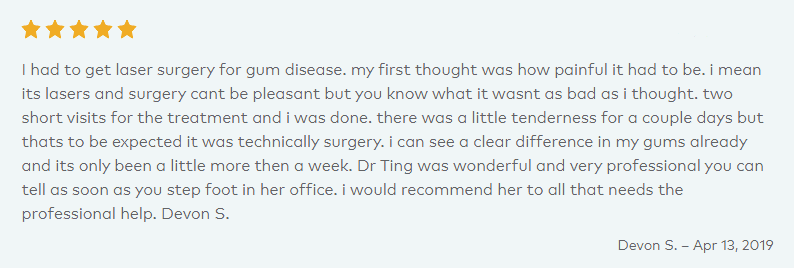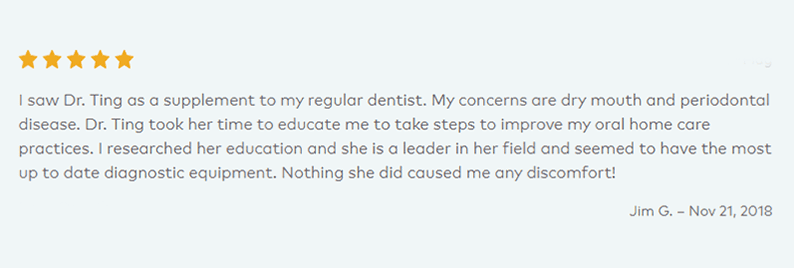Through many years of study and ongoing educational advancements into the latest periodontal treatments, some of the specific services Dr. Ting offers her patients include:
Receding Gum Treatment
Receding gums are common and happen when the gum tissue pulls back enough to expose the roots of a person’s teeth. There are many possible causes such as poor oral care, overly aggressive brushing/flossing, a patient’s genetics, trauma, or an abnormal tooth position. Depending on the nature and severity of a receding gum issue, Dr. Ting has several options to address the problem. In some cases, a deep cleaning is known as scaling and root planing are used to remove bacteria, tartar, and any infections that may have set in. In other cases, lost gum tissue may be replaced through various kinds of gum surgery.
Gum Grafting (Soft Tissue Graft)
Gum grafting and soft tissue grafts are one of the primary treatments to counteract the effects of gum recession. Gum recession can affect one in every eight adults. If left untreated gum recession can lead to serious gum, tooth and jaw problems. Dr. Ting can perform several different types of gum and soft tissue grafts, depending on the nature of a gum recession. The most common of these is a connective-tissue graft which involves cutting a flap of skin at the roof of a patient’s mouth, followed by removing the tissue. The tissue is then sutured in place where the receding gum is occurring. Free gingival grafts are similar to connective tissue grafts but involve taking tissue directly from the roof of the mouth. Pedicle grafts remove tissue from the gum around the infected gum and tooth. There are also instances where Dr. Ting may use grafted tissue from a tissue bank, depending on the nature or severity of a receding gum problem. Dr Ting also uses the VISTA technique for gum grafting, which is a minimally invasive gum grafting procedure. It uses small incisions and minimally invasive tunneling procedures to graft the gum tissue. This results in faster healing, and minimal discomfort.
Scaling and Root Planing
Scaling and root planing are often used before a gum disease problem becomes too severe. The procedure is a deep cleaning between the gums and teeth of a patient, down to the roots, removing plaque and tartar to prevent further infection. Antibiotics are sometimes used to combat overly aggressive bacteria. Overall, scaling and root planing produces only minor discomfort. Some swelling may occur after the gums have been treated, but after a short period of healing the gums become pink and healthy again.
Laser Surgery (LANAP)
Periodontal Laser Surgery, also known as Laser Assisted New Attachment Procedure, or LANAP is among the latest advancements in periodontal treatments. One of the best benefits of this FDA-approved PerioLase laser is that it does not require cutting or stitching to treat gum infection, meaning that the healing occurs more quickly and there is less risk of infection. In a LANAP procedure, Dr. Ting will use a PerioLase laser to selectively remove bacteria and diseased tissue from the pocket of a tooth and gum. The laser energy is absorbed by the bacteria which causes it to die. Ultrasonic scalers then use sound waves to break up hardened tartar from the surface of a tooth. Recovery occurs with minimal discomfort and patients heal in about 24 hours.
Crown Lengthening
Some people have teeth that they feel look too short. In reality, their teeth are the correct length and it is their gums that have creeped over the base of the teeth, producing a “gummy” smile. To improve this look, Dr. Ting can perform a crown lengthening procedure, by taking excess gum and bone tissue and reshaping it to expose more of a patient’s tooth or several teeth, creating a new gum line in the process. In other cases, when tooth structure is lost to decay or fracture, and a crown is needed to restore the tooth. The tooth may be too short to support a crown and a crown lengthening procedure is needed.
Sinus Augmentation
Some people have teeth that they feel look too short. In reality, their teeth are the correct length and it is their gums that have creeped over the base of the teeth, producing a “gummy” smile. To improve this look, Dr. Ting can perform a crown lengthening procedure, by taking excess gum and bone tissue and reshaping it to expose more of a patient’s tooth or several teeth, creating a new gum line in the process. In other cases, when tooth structure is lost to decay or fracture, and a crown is needed to restore the tooth. The tooth may be too short to support a crown and a crown lengthening procedure is needed.


